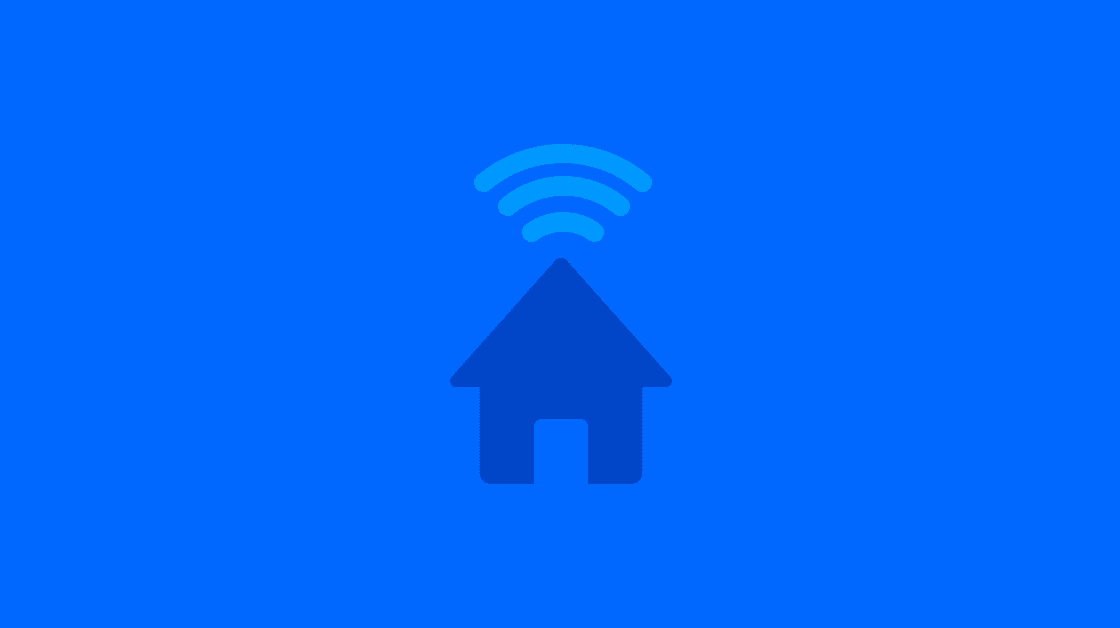
In a world where content plays a large role in most of society’s lives, social media marketers and business owners must ensure they’re always creating content that stands out in the newsfeed.
However, as the global pandemic has forced most of the workforce to work remotely, creating content that inspires users has become much more of a challenge.
As the pandemic continues to make remote work a reality for the foreseeable future, social media marketers need to tweak their content-creation strategy to fit their remote limitations. At first, creating content from your home office may seem like an overwhelming task, but all it really takes is a willingness to try new types of content and the right tools to make it happen.
Remote content creation in a post-COVID world doesn’t have to feel limiting; it’s an opportunity to experiment with new perspectives and content that align with the current environment. It’s imperative that brands are flexible with their content and pay attention to what audiences are interested in. If you’re wondering where to get started, try these techniques to create high-quality content remotely, right from your living room couch.
1. Adjust your strategy.
In the past few months, the world has changed entirely, and the content strategy you’ve been using for years has likely become irrelevant. While there’s certainly some benefit to keeping a sense of normality, you should be adjusting your content strategy to better align with your audience’s current interests and issues. For example, a “tropical vacation” post is not a content that would be appropriate to post in current times, but creating content around planning a “staycation” would be much more relevant and relatable.
Another important element to add to your remote social media strategy is community building. As people continue to rely on technology to stay connected in a socially distant world, a social media community (such as a Facebook group) is a great tool for marketers, simply because they breed brand loyalty and offer user-generated content you can repurpose – with the best practice of asking permission, of course. Users love the feeling of getting access to an exclusive community and seeing brands react to their content- making user-generated content (UGC) even easier for you to access and post in an instant.
Creating content remotely also means you’ll need to develop a better content strategy to better align with current circumstances. This can be easily done by simply questioning how your brand or product addresses the issue of today. Use an empathetic approach when rethinking your brand’s purpose and how it supports consumer needs. Reframing this purpose will help you to develop an improved content strategy built for the post-COVID world.
2. Experiment with new types of content.
If there’s one perk to going remote, it’s that you have the opportunity to experiment with new types of content you may not have typically tried at the office. As users continue to spend more time on social media, the challenge of creating engaging content can be more difficult due to heavy competition from other brands, and intimidation from large content budgets. The best way to find out what your audience reacts to is by testing new formats; for example, try brainstorming short videos or gifs that align with your brand, rather than consistently posting photos.
If your social media typically features videos, it’s still entirely possible to use this feature without a full studio. To add variety, invite a guest speaker to record their video remotely (in a well-lit, quiet area) and send it to you for posting or release clips from previous videos that have never been used. Live-streaming video on Instagram and Facebook is another way to engage audiences and create content that provides value. Bring in influencers or thought leaders from anywhere in the world in an instant to boost your reach.
You don’t have to feel limited to just one platform; chances are, most of your audience is active on other platforms as well (working remotely = more time to scroll). Do some research on which platforms best fit your brand. For example, Instagram is great for eCommerce companies due to its shoppable features and younger demographic, whereas Facebook would be a great fit for service-based companies so customers can leave reviews or schedule an appointment. Lean into your business’s strengths and compare platforms to understand which features will likely benefit you business the most. Regardless of the platform you decide to go with, joining a new one will help you gain inspiration by studying how other brands adjust their content across channels.
3. Have the right tools.
To create excellent content, every marketer needs the right tools to be successful—especially when working remotely. Staying organized should be the number one priority, otherwise, the quality of your content will suffer as you scramble to catch up. A social media management tool is a great way to keep your content in one place—whether it’s organic or UGC, organizing content into a digital calendar will help you to visualize your feed and ensure you’re keeping with your strategy.
While it might sound odd, one of the best tools you can have with you during remote work is your smartphone. From taking a quick video to editing a picture, your phone is a must-have for creating content from anywhere. If you’re planning to use your smartphone for shooting content, be sure to use a well-lit space and tripod to avoid blurry visuals (nothing ruins a social post more than out-of-focus content).
To edit photos and videos properly to fit your brand from your screen, you’ll need the right apps. If you’re comfortable with the Adobe Creative Suite, they offer a variety of their platforms such as Lightroom and Illustrator. Other (less technical) editing options include VSCO and Snapseed, which include all the features you’ll need to create beautiful content while remote.
4. Put a new spin on old content.
Contrary to popular belief, old content can be repurposed and still feel fresh. When working remotely, creating new and exciting content can feel like more of a challenge than it normally would, but it’s actually a great opportunity to practice reframing used content that you know performs well.
If you’ve decided that repurposing content to supplement your remote content plan is something you’re comfortable with, the first step to refreshing it is to give the content a new story. Consider other angles or approaches you can take, how to support the story, and what the audience will take away from the post. This type of thinking will help you to further develop your storytelling skills and save you time from creating new content by yourself. (A win-win!)
For the visual element of your content, choose an evergreen asset that hasn’t been already overused and can be relevant at any time (and sensitive to current difficulties people are facing). To refresh the asset, try adding some design or re-editing to give a different feel that is consistent with the story you’ll tell. Video content is also easily reusable while remote and can be redone by taking new clips or soundbites to give it a new spin.
5. Reach out for help.
If you’re already a busy marketer or business owner trying to keep the business functioning every day, you might not have time to create content, much less when working remotely from inside your home. Fortunately, there are thousands of content experts that know exactly how to create content on the go and personalize it to your business.
You can try to hire one yourself (which can take extra time due to reviewing resumes, interviewing, etc.) or you can reach out to businesses that hire and vet their talent for you, such as FlexTal. Within days, you’ll have a dedicated, remote content manager to help you market your business as you work on your own to-do list.
Creating content remotely in a post-COVID world may sound like an incredible challenge, but it’s also a fantastic opportunity to update your strategy and connect with your audience better than ever before. Use your intuition to discover new ways to interact with users and redefine your brand as an engaging community.
Alex Sixt is a creative professional specializing in content creation with a passion for all things marketing. Her professional experience includes developing marketing strategies, focusing on social media and content, for multiple industries. Outside of work, she loves spending time outdoors; all it takes is some time in the sunshine and a good hiking trail to make her happy.




